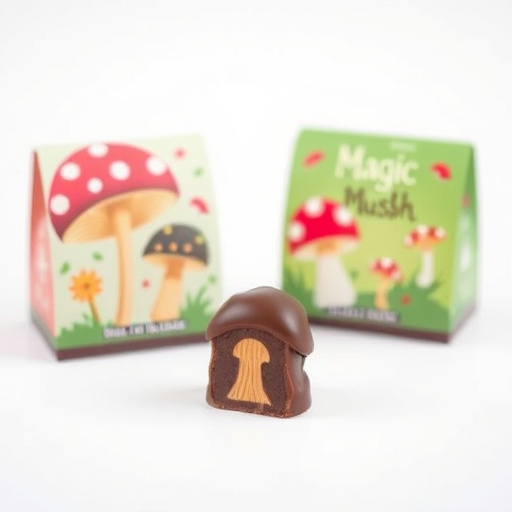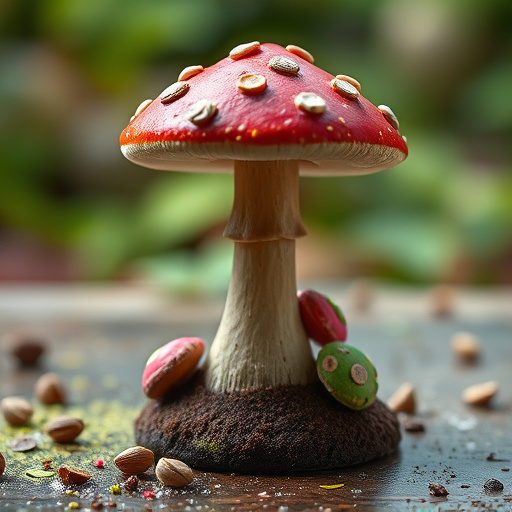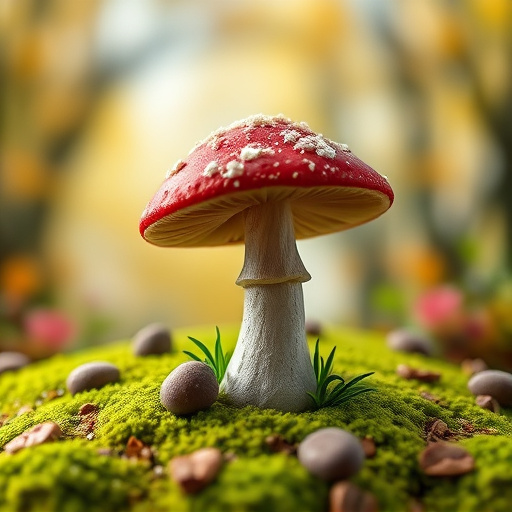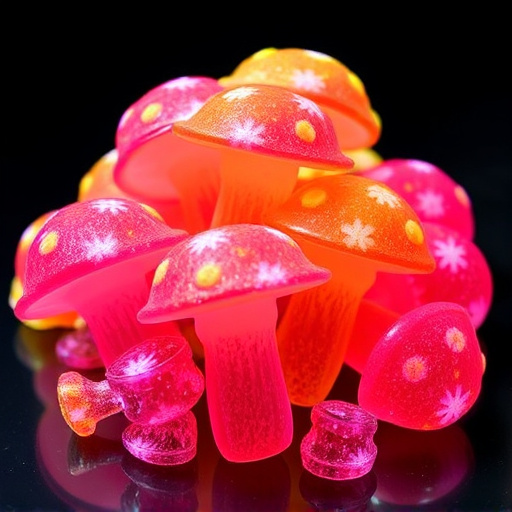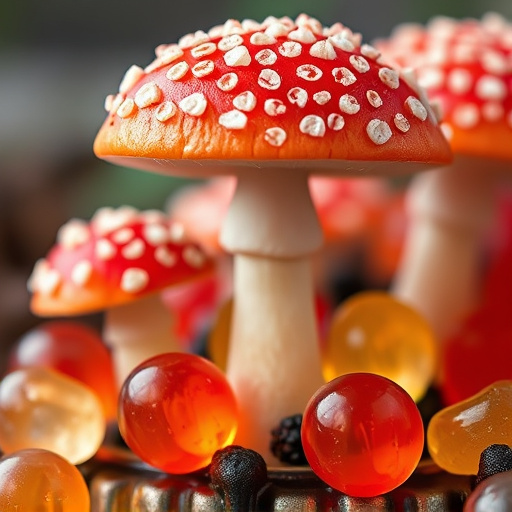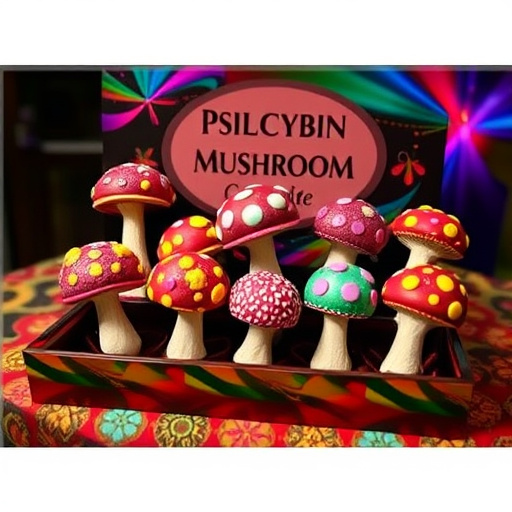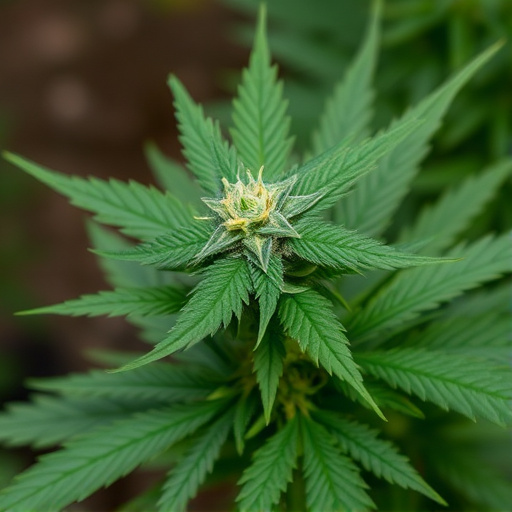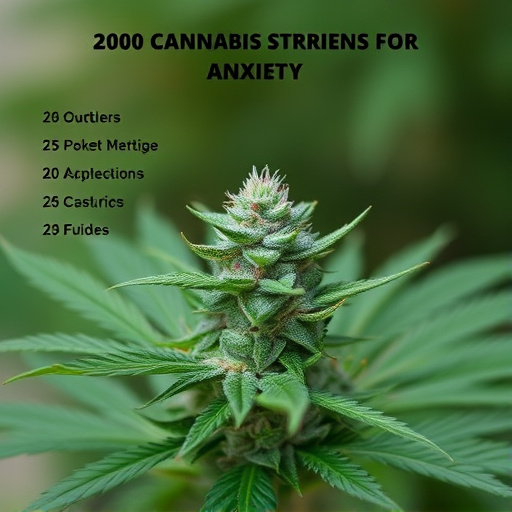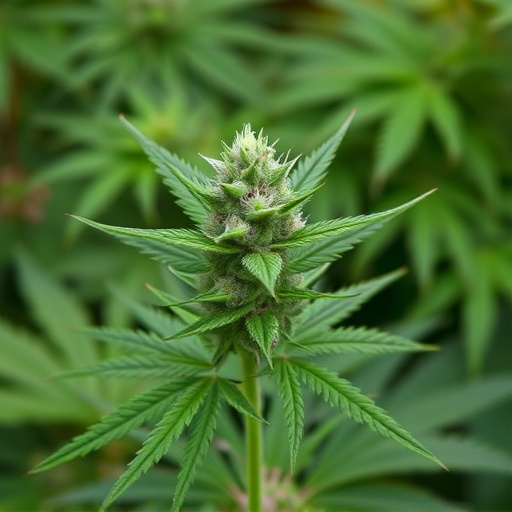Cannabis flowers' medical benefits stem from their interaction with our bodies' endocannabinoid system (ECS). Key compounds like THC (psychoactive) and CBD (non-psychoactive) have therapeutic effects. Cannabis strains vary in cannabinoid profiles, offering tailored options for conditions like anxiety. Popular strains for anxiety include lavender for its calming linalool and Blue Dream for mood enhancement. Consumption methods like oils, capsules, edibles, and vaporizers provide precise dosing and diverse advantages. High CBD, low THC strains are favored for minimal psychoactive effects and effective anxiety treatment.
Cannabis flower has gained attention for its potential medical benefits, particularly in managing anxiety. This natural remedy offers a unique approach through its complex compounds and interaction with the endocannabinoid system. The article delves into the science behind these effects, focusing on specific cannabis strains known for their anxiety-relieving properties and the key terpenes responsible. Additionally, it explores diverse consumption methods to optimize therapeutic outcomes, providing valuable insights for those seeking alternative treatments for anxiety within the evolving cannabis landscape.
- Understanding Cannabis Compounds and Their Interaction with the Endocannabinoid System
- Specific Cannabis Strains for Anxiety Relief and Their Key Terpenes
- Exploring Different Consumption Methods for Optimal Medical Benefits
Understanding Cannabis Compounds and Their Interaction with the Endocannabinoid System
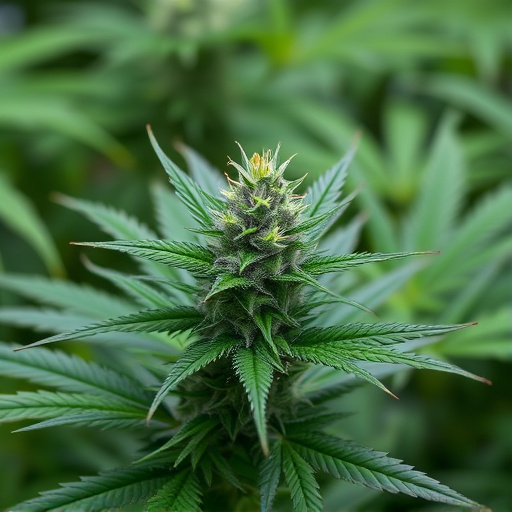
Cannabis flowers offer medical benefits primarily through their diverse compounds, which interact with our bodies’ endocannabinoid system (ECS). This intricate network of receptors, enzymes, and endocannabinoids plays a crucial role in maintaining homeostasis, or balance, within various physiological systems. One of the key compounds in cannabis is tetrahydrocannabinol (THC), known for its psychoactive effects, which bind to CB1 receptors in the brain, influencing mood, memory, and perception. Another significant compound is cannabidiol (CBD), non-psychoactive and renowned for its potential therapeutic properties. CBD interacts with multiple receptors, including CB2, involved in immune functions, suggesting its utility in managing inflammation and pain associated with conditions like anxiety and arthritis.
Beyond THC and CBD, cannabis strains vary in their cannabinoid profiles, offering tailored options for specific medical needs. For instance, high CBD strains have gained popularity for treating anxiety and epilepsy due to their calming effects without inducing psychoactive sensations. These compounds may help reduce symptoms by modulating the ECS, providing potential relief for conditions that impact mood, sleep, and inflammation. Understanding these interactions empowers patients and healthcare providers to explore suitable cannabis strains for anxiety and other ailments, leveraging the plant’s medicinal properties in a targeted manner.
Specific Cannabis Strains for Anxiety Relief and Their Key Terpenes
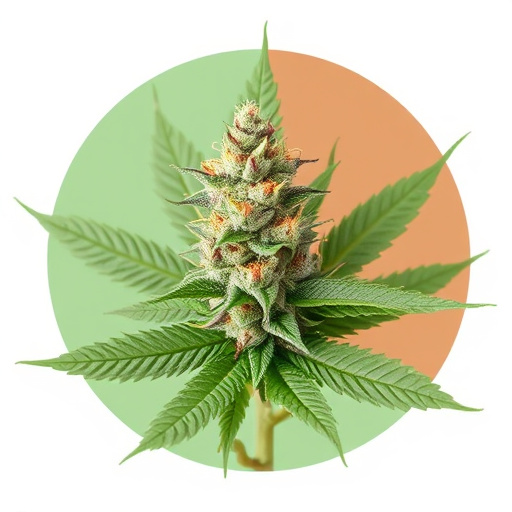
Certain cannabis strains have gained popularity for their potential to alleviate symptoms of anxiety, offering a natural alternative for those seeking relief from stress and restlessness. These specific breeds are carefully cultivated to maximize therapeutic benefits, particularly focusing on cannabinoids like THC and CBD, as well as aromatic terpenes that contribute to unique flavor profiles and enhance the overall experience.
One such strain, known for its calming effects, is Lavender (or its cannabis-derived counterpart). Rich in linalool, a terpene with sedative properties, this variety can help induce relaxation and improve sleep quality. Other strains like Blue Dream, with its high THC content and terpinolene, are praised for their ability to boost mood and reduce anxiety symptoms. These cannabis strains for anxiety provide users with a targeted approach to managing mental health, offering both sensory enjoyment through diverse terpene profiles and potential therapeutic benefits.
Exploring Different Consumption Methods for Optimal Medical Benefits
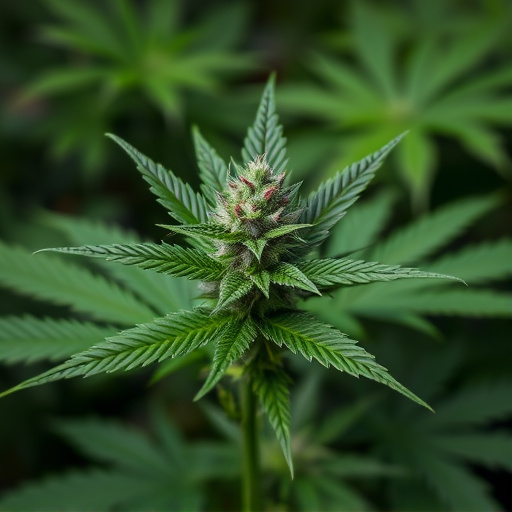
Exploring various consumption methods allows individuals to unlock the full potential of medical-grade cannabis, including its ability to alleviate anxiety. Different forms, such as oils, capsules, and edibles, offer precise dosing, making it easier to manage anxiety symptoms effectively. For those seeking more immediate relief, vaporizers provide a fast-acting method to inhale cannabinoids, offering significant calmness and reduced stress levels.
Each consumption method has its advantages, catering to diverse preferences and needs. For example, cannabis strains known for their high CBD content and low THC are popular for treating anxiety due to minimal psychoactive effects. Oils and tinctures, when dropped under the tongue, allow for swift absorption into the bloodstream, ensuring quick relief. Edibles, with their discreetness, offer long-lasting effects, making them suitable for individuals looking for sustained calm throughout the day.
Cannabis flower offers a promising avenue for medical treatment, especially in managing anxiety. By understanding the complex interplay between its compounds and the endocannabinoid system, we can harness the power of specific strains known for their calming effects. Terpenes play a crucial role in these strains’ therapeutic properties, providing natural solutions for those seeking relief from anxiety symptoms. Furthermore, exploring various consumption methods ensures optimal absorption and personalized experiences, making cannabis a versatile tool in modern medicine.

